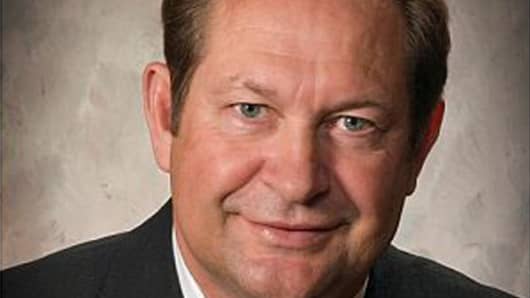In a lab in St. Paul, Minnesota, engineers test solar panels and connectors. A half a mile away, a technician smashes the windows of a car coated with 3M protective film, watching to see if the glass shatters or holds together. Elsewhere, there are scientists working on more aerodynamic products for airplanes, software systems to run a municipality's department of motor vehicles, and light-sensor technology to create new crowns for teeth in under 2 hours.
The labs are a beehive of activity, and they are about to get even busier. Over the next five years, 3M will sharply increase dollars spent on research and development, as the race to create new and better products becomes ever more global and competitive.
"I believe that what is driving this company in terms of return for us is the investment in research and development, and every time we do it we know that we have a competitive advantage," says CEO Inge Thulin, who took over the company in early 2012.






